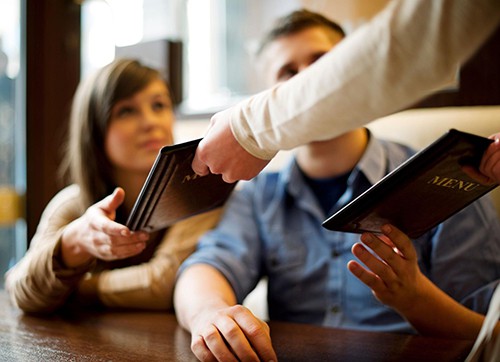
Running a successful restaurant isn’t just about serving great food. It’s also about controlling restaurant costs so you don’t spend more than you make. As the old saying goes, you can’t control what you don’t measure (or calculate).
In this article, we discuss some of the most important restaurant costs, how to calculate them, and how to use them to run your restaurant better.
Table of Contents
What Are Restaurant Costs?

The term “restaurant costs” generally describes one-time expenditures on material resources such as food, liquor, dishes, equipment, and software — essential to keep the business running. These are referred to as direct costs.
Restaurants also have recurring payments, such as utilities, rent, payroll, and marketing, usually described as expenses or indirect costs.
Essential Restaurant Costs
Cost of Goods Sold (CoGS)
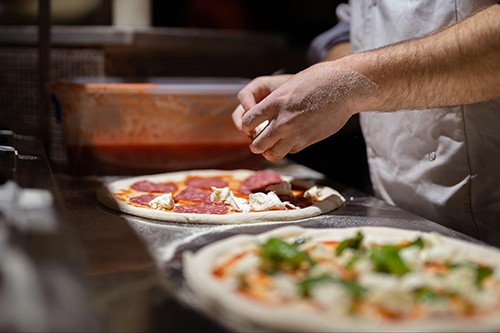
Cost of Goods Sold (CoGS) is the total direct costs of producing your restaurant’s menu items. Here’s how to calculate this essential restaurant cost:
- Pick a time period to examine, such as one month.
- Take inventory of all the food supplies at the start of the month and calculate a total dollar value for the entire inventory taken.
- Add the value of any purchased inventory made during the period.
- Take inventory at the end of the month and calculate the total value.
- Calculate CoGS using the formula: CoGS = (Beginning Inventory + Purchased Inventory) – Ending Inventory
Plate Cost
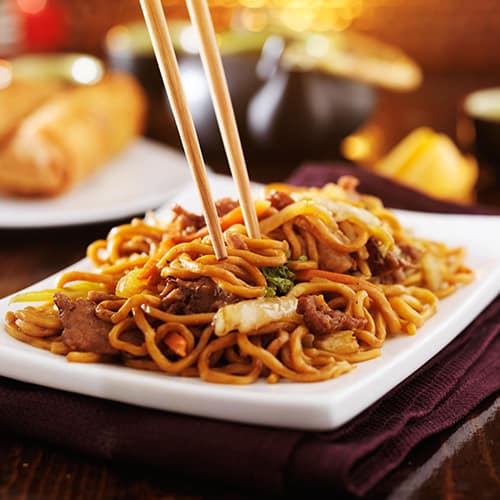
Plate cost tells you how much your business is spending to produce specific dishes. Here’s how to calculate it:
- List the ingredients for a single dish.
- Determine the quantity and price of each item from your inventory.
- Determine the cost of the ingredients used in each dish.
- Add the cost of all ingredients to get the total cost for the dish.
Labor Costs
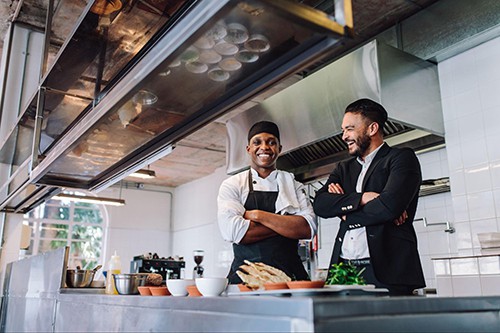
Labor costs are the sum total of everything spent to keep your employees working. Calculate this number by reviewing previous months’ records or using software like Sling to track your labor costs more accurately.
Overhead Costs
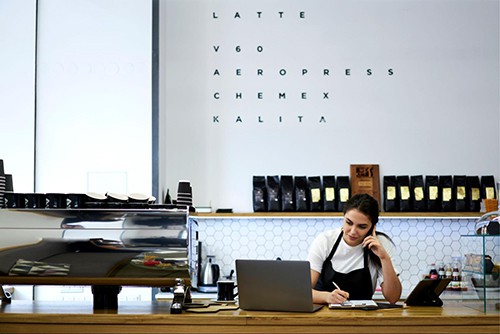
Overhead costs refer to all money spent to keep the doors open and lights on, including electricity, mortgage payments, insurance, and supplies.
Additional Restaurant Costs
Utility Costs
These costs include water, electricity, natural gas, internet, cable, cell phone service, etc.
Equipment Costs
These costs can range from small items such as tableware to large items such as ovens and freezers.
Point of Sale Costs
To control this cost, determine what your business needs — e.g., hardware, software, advanced functionality — and find a system that meets those requirements.
